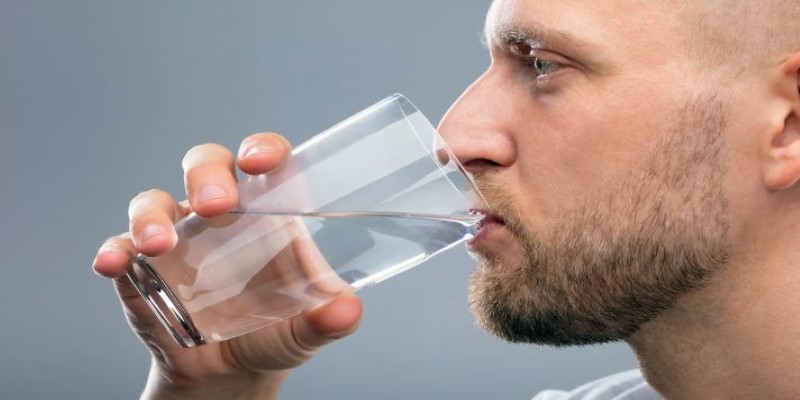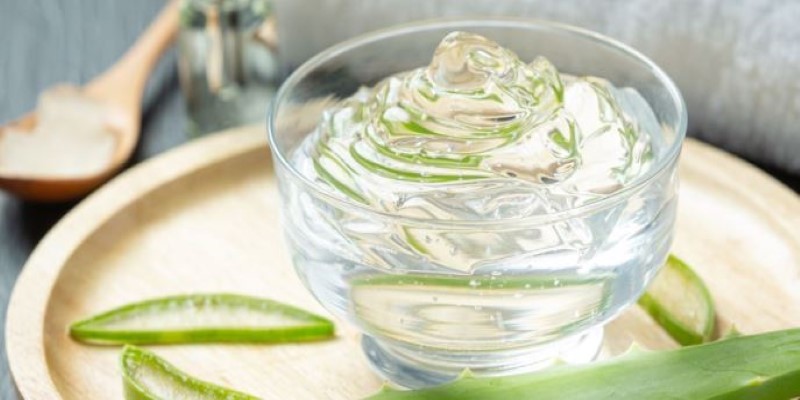How To Reduce Facial Puffiness Fast
Do you ever wake up and find your face looking a bit puffier than usual? Whether it's due to lack of sleep, allergies, or even a salty meal, facial puffiness can be a frustrating issue. But don’t worry, you’re not alone, and there are several quick, easy ways to reduce that puffiness and restore a fresh look. Below, we’ll walk you through some of the best methods to reduce facial puffiness quickly.
What Causes Facial Puffiness?
Before diving into the solutions, it’s helpful to understand why your face might look puffy. There are a few common causes:
• Water retention: When your body holds onto excess fluids, it can cause swelling in your face.
• Lack of sleep: Sleep deprivation often leads to fluid build-up around the eyes and face.
• Dietary choices: Eating salty foods can cause your body to retain more water, leading to puffiness.
• Allergies: Allergic reactions can cause inflammation, leading to puffiness, especially around the eyes.
• Hormonal changes: Fluctuations in hormones, especially during menstruation, pregnancy, or menopause, can lead to puffiness.
Now that we know the potential causes, let’s dive into how to combat facial puffiness quickly.
Cold Compress
One of the simplest and most effective methods to reduce puffiness fast is using a cold compress. Cold temperatures help to constrict blood vessels and reduce swelling. It’s especially helpful if you wake up with a swollen face or puffiness around the eyes.
How To Use A Cold Compress:
• Take a clean washcloth and soak it in cold water or place it in the freezer for a few minutes.
• Gently press it onto your face, especially around your eyes, for about 5-10 minutes.
• Alternatively, you can use chilled spoons or ice packs wrapped in a cloth. Just make sure the ice isn’t directly on your skin to avoid frostbite.
Drink More Water

While it might seem counterintuitive, drinking more water can actually help reduce puffiness. When your body is dehydrated, it starts to hold onto more water to protect itself, which can lead to swelling. Staying hydrated helps flush out excess sodium and toxins from your system, reducing the chances of water retention.
How To Stay Hydrated:
• Aim for at least 8 cups (64 ounces) of water a day.
• You can also include hydrating foods like watermelon, cucumber, and oranges.
• Avoid sugary drinks and caffeine, as they can dehydrate you.
Elevate Your Head While Sleeping
If you tend to wake up with a puffy face, it might be due to fluid accumulating overnight. Elevating your head while you sleep can help prevent this.
How To Do It:
• Use an extra pillow to prop up your head.
• Try sleeping on your back rather than on your side to prevent the pooling of fluids on one side of your face.
• Sleeping with your head slightly raised helps gravity pull the fluid away from your face, reducing puffiness.
Massage Your Face
Facial massages can stimulate circulation, reduce tension, and help move trapped fluid out of your face. It’s a quick way to relieve puffiness and refresh your look.
How To Give Yourself A Facial Massage:
• Start by applying a hydrating serum or facial oil to your face.
• Gently tap or press with your fingers along the contours of your face, starting from the center of your face and moving outwards.
• Focus on areas where puffiness is most noticeable, such as under the eyes, cheeks, and jawline.
• You can also use tools like a jade roller or gua sha to improve the effectiveness of the massage.
Reduce Salt Intake
A high-sodium diet can lead to water retention, which contributes to puffiness. Cutting back on salty foods, such as processed snacks, fast food, and canned soups, can help your body maintain a better balance of fluids.
How To Reduce Salt In Your Diet:
• Opt for fresh, whole foods whenever possible.
• Cook meals at home where you can control the amount of salt added.
• Use herbs and spices to season your food instead of salt.
• Check labels for hidden sodium in packaged foods.
Try Caffeine
Caffeine can be a quick solution for reducing puffiness, especially around the eyes. It constricts blood vessels, which can help reduce swelling. Many under-eye creams include caffeine as one of their main ingredients for this reason.
How To Use Caffeine For Puffiness:
• You can make a DIY caffeine mask by brewing a strong cup of tea or coffee, then soaking a cotton pad in it. Apply the cotton pad to your eyes for about 10 minutes.
• Alternatively, look for an eye cream that contains caffeine and apply it to the under-eye area.
Use Aloe Vera Gel

Aloe vera is well-known for its soothing and anti-inflammatory properties. It can help reduce swelling and irritation, making it a great option for combating puffiness. Plus, it’s gentle on the skin and can be used on sensitive areas, like around the eyes.
How To Use Aloe Vera:
• Apply fresh aloe vera gel directly to the puffy areas of your face.
• Let it sit for 10-15 minutes before gently rinsing it off with cool water.
• You can use aloe vera twice a day for quick relief.
Eat Anti-Inflammatory Foods
Certain foods can help combat inflammation and reduce the appearance of puffiness. Foods rich in antioxidants and omega-3 fatty acids can reduce swelling and promote healthy skin.
Foods To Include In Your Diet:
• Berries: Blueberries, strawberries, and raspberries are packed with antioxidants.
• Green leafy vegetables: Spinach, kale, and arugula are all anti-inflammatory and hydrating.
• Fatty fish: Salmon and mackerel are rich in omega-3s, which help reduce inflammation.
• Citrus fruits: Oranges, lemons, and grapefruits can help keep your skin hydrated and reduce swelling.
Cold Tea Bags For Your Eyes
If puffiness is more concentrated around the eyes, a cold tea bag can work wonders. Tea contains tannins, which have anti-inflammatory effects and can help reduce swelling.
How To Use Tea Bags:
• Brew two tea bags (green tea or chamomile tea works well) and let them cool in the fridge for a few minutes.
• Once chilled, place the tea bags over your closed eyes for 10-15 minutes.
• Relax while the tea bags help reduce the swelling around your eyes.
Apply A Hydrating Face Mask
A hydrating face mask can restore moisture to your skin and help to plump it up, reducing puffiness. Look for masks that contain ingredients like hyaluronic acid or glycerin, which attract and hold moisture in the skin.
How To Use A Hydrating Mask:
• Choose a mask designed for hydration and puffiness reduction.
• Apply it according to the instructions, typically leaving it on for 10-15 minutes.
• After removing the mask, gently pat your skin with a towel to lock in the moisture.
Final Thoughts On Reducing Facial Puffiness
Facial puffiness is a common concern, but it’s something you can manage with the right techniques. Whether it’s using cold compresses, staying hydrated, or making simple dietary changes, there are plenty of effective methods to reduce swelling fast. Experiment with different strategies to see what works best for you, and soon enough, you’ll notice a more refreshed, less puffy appearance.





